
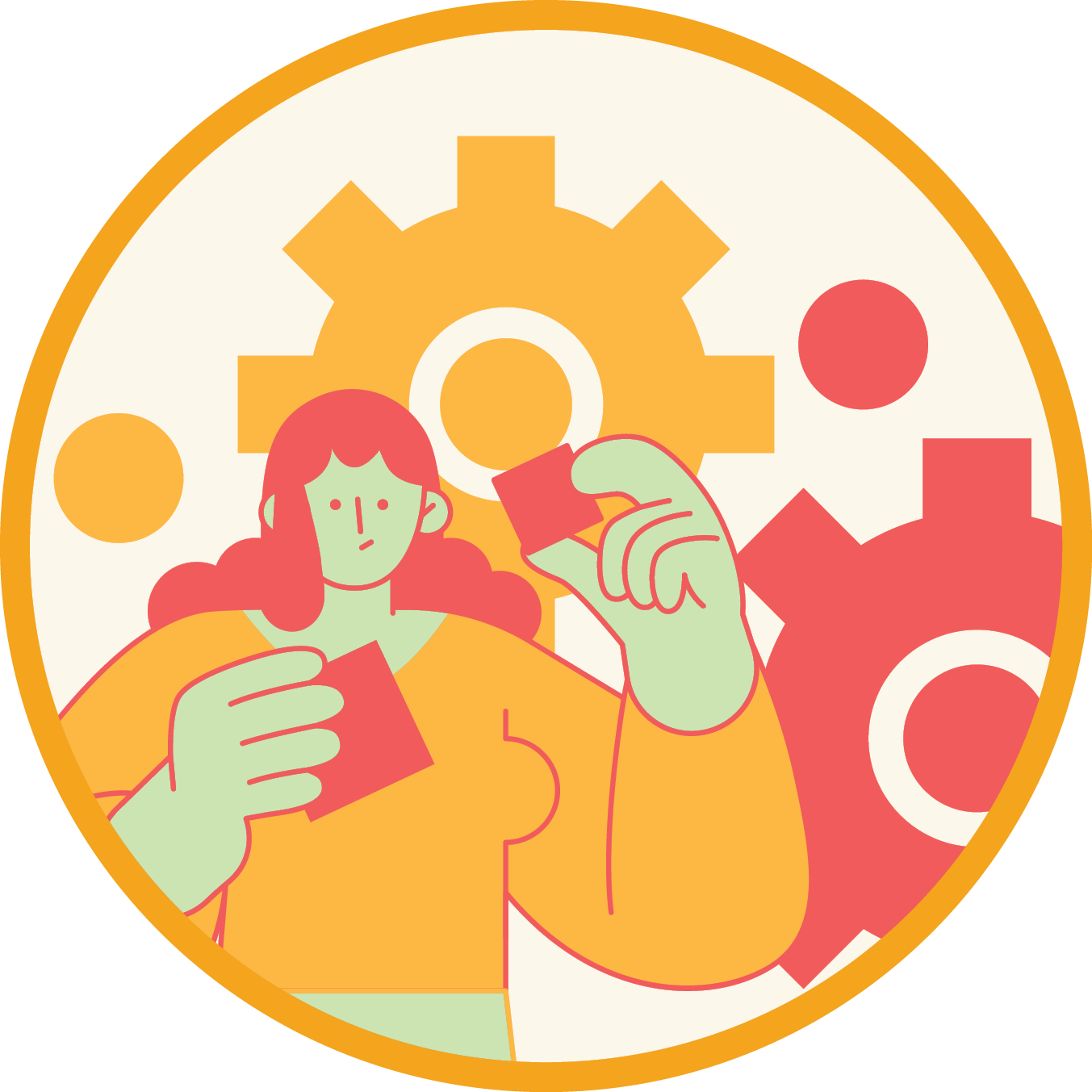
课程项目
学生将在 KTBlocks 系统上构建、测试和发布自己的游戏项目
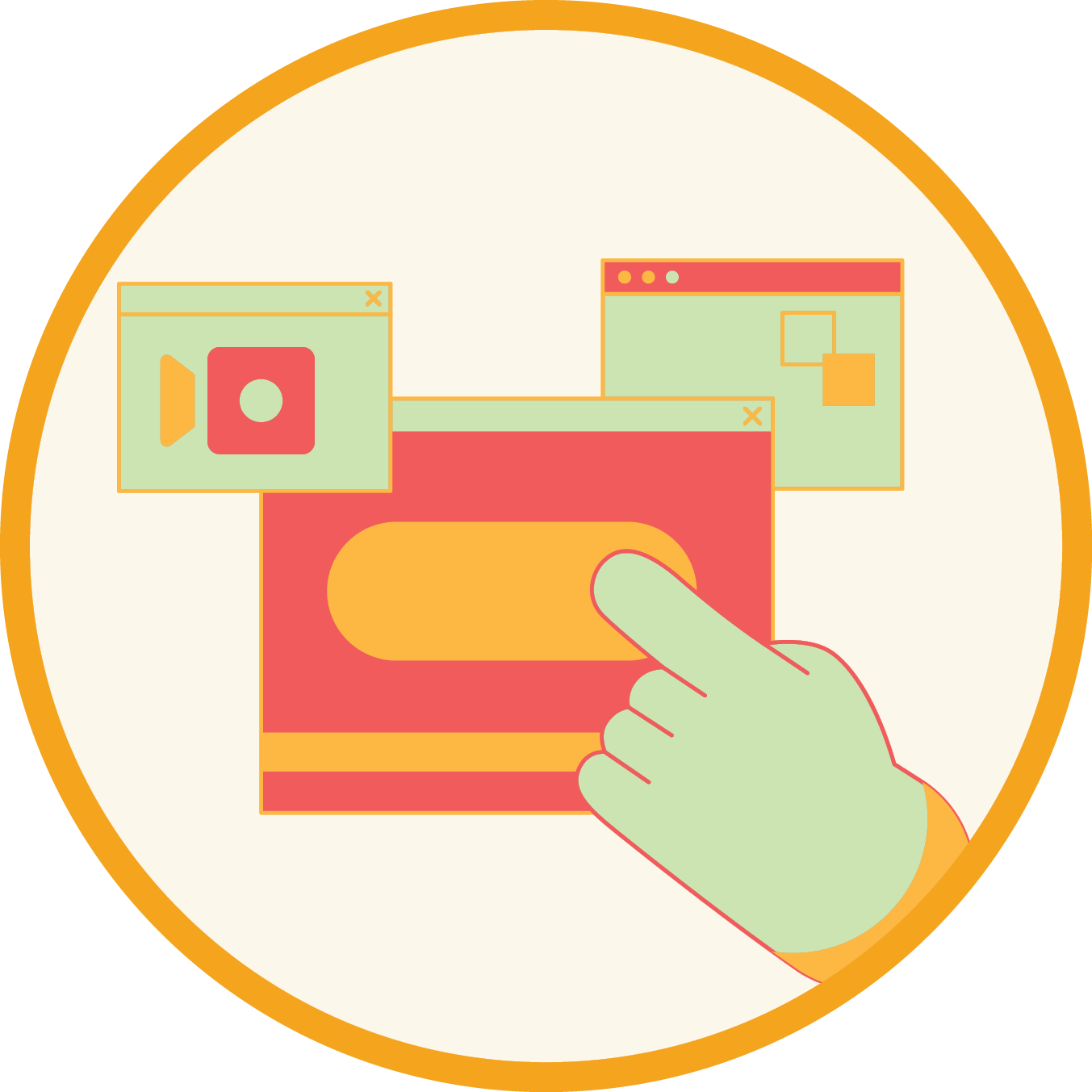
编码平台
KTCoder 一体化编码平台支持我们的互动在线课程、专业化课程体系,以及学生对学习的热情。
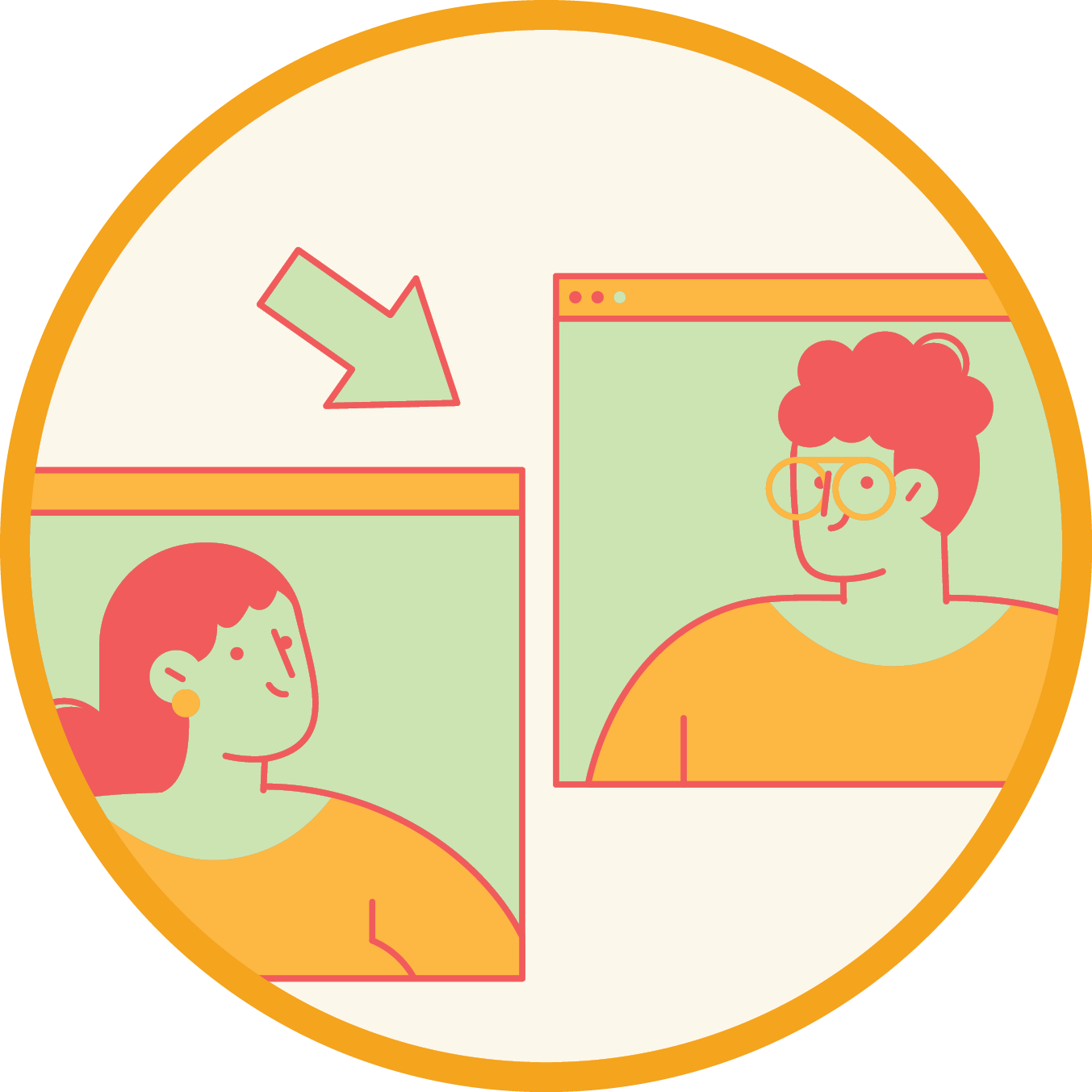
学生答疑辅导时间
答疑辅导时间由我们高素质的助教团队主导。这是帮你的代码获取即时反馈的免费便捷途径。
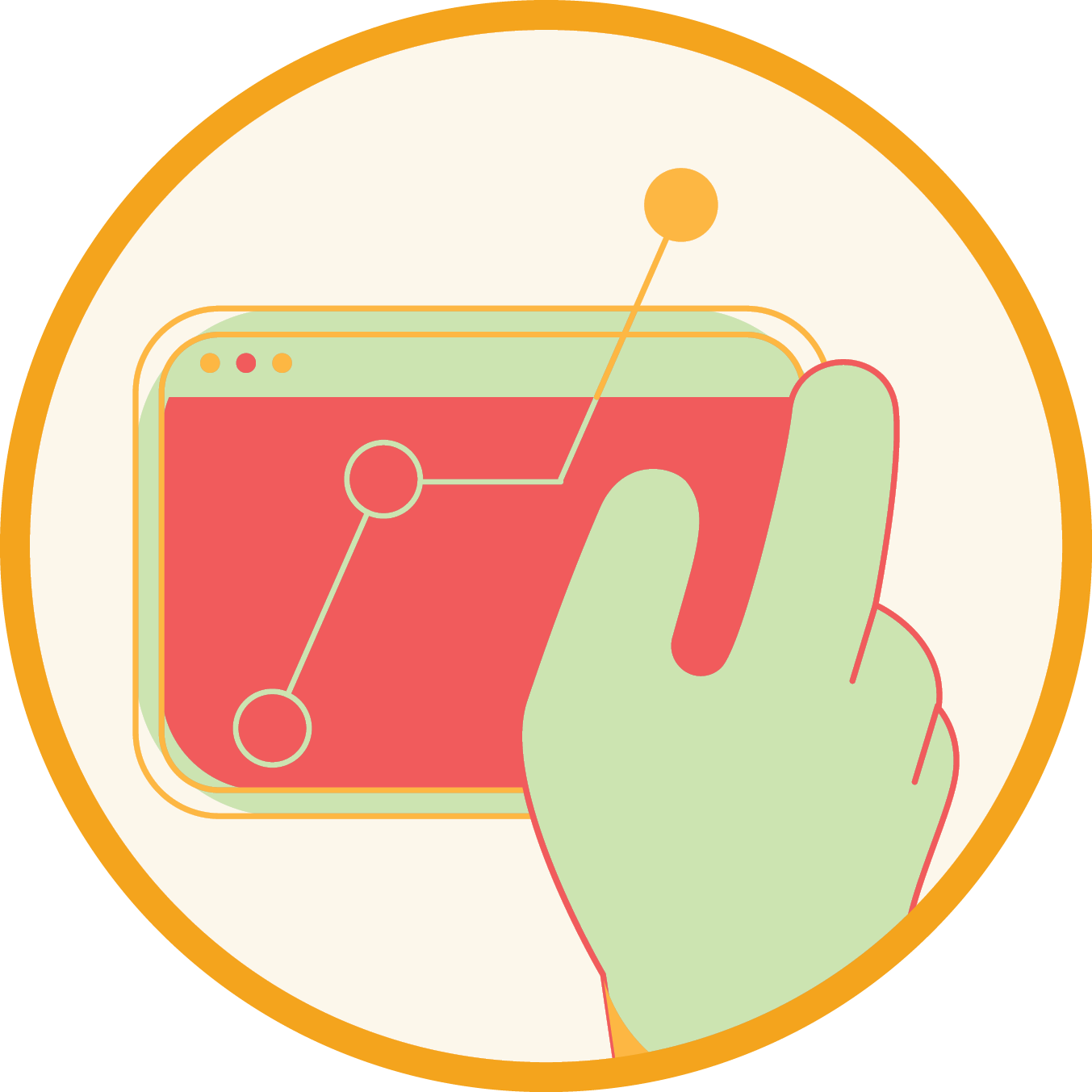
进度报告
KTBYTE 将通过电子邮件的方式向家长发送学生的课堂表现和成绩报告
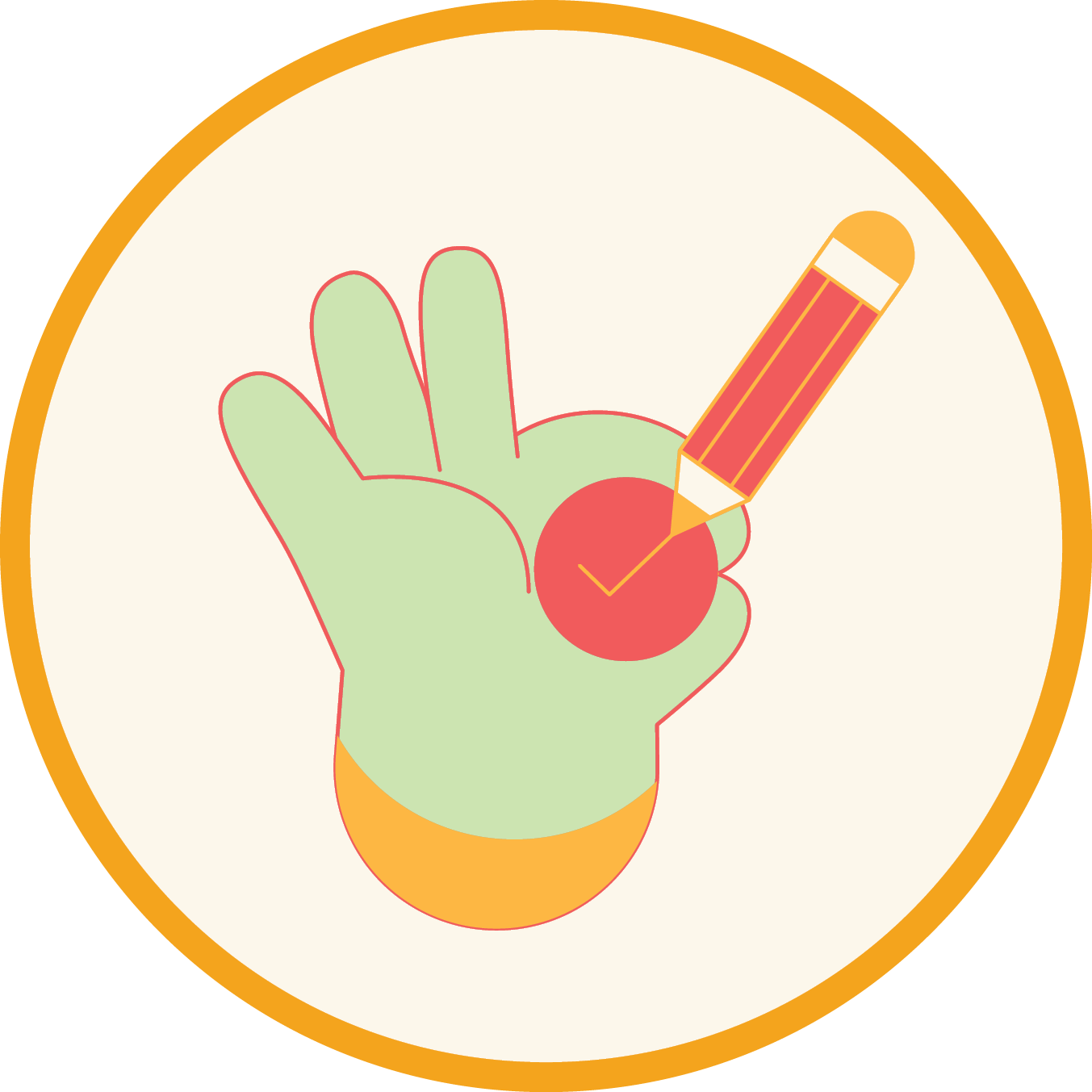
结业证书
学生完成每门课程后均可申请结业证书。
課程描述:
Python是一种易于学习且用途广泛的编程语言。 Python已被用来创建我们今天使用的许多应用程序,例如Reddit,Spotify,Youtube等。 KTBYTE Python俱乐部将介绍如何使用Python,以及制作诸如Rock Paper Scissors,Tic Tac Toe之类的项目。
入班要求
9岁及以上,对KTBYTE KTBlocks或Scratch等编程有基本的了解。
Class Description:
Python是一种易于学习且用途广泛的编程语言。 Python已被用来创建我们今天使用的许多应用程序,例如Reddit,Spotify,Youtube等。 KTBYTE Python俱乐部将介绍如何使用Python,以及制作诸如Rock Paper Scissors,Tic Tac Toe之类的项目。
Prerequisites:
9岁及以上,对KTBYTE KTBlocks或Scratch等编程有基本的了解。
Related Classes
Syllabus:
Introduction to Python and Our Development Environment
We will be covering the basics of python setup and talking about the applications of this coding language. We will set up our development environment using Jupyter Notebook where we will write code during class and for homework.
Inputting, Printing, Data Types, Operations on Numbers
Today we explore how we can use python to make the computer ask us a question by entering input data. This is a key feature useful for projects later in the semester. We will also cover different types of data and do a deep dive into using numbers and math in our code.
Strings
This lesson focuses on the String data type that helps us manipulate text in our code. We will learn how to concatenate, index, and format strings.
Booleans and If Statements
Next we'll be tackling the boolean data type, which helps us write logic in code. Booleans allow us to use if statements (sometimes called conditionals) to write more advanced programs.
Functions and Basic Libraries
Now that we have a lot of tools, we want to start to learn techniques on how to make our code more clean and readable. We will learn how to create our own functions to accomplish this.
Intro to Data Structures - Lists
Moving on from the primitive data types, we will be starting to talk about more advanced “container” data structures. Lists (similar to arrays in Java or C++) help us manage a collection of items and keep our code organized
Starting Final Projects
Now that we have learned a lot about basic python syntax, students will be given the opportunity to brainstorm what they might be able to do as a project. Having this brainstorming class in the middle of the semester is unique to Python 1 and helps us see what goals students have for the rest of the course!
Loops
So far the only way we've to program repeated actions is by copying and pasting chunks of code. Now, we will learn a way to avoid this using for loops and while loops.
Tuples
Moving back into functions, this class will involve going through some more advanced problems and brainstorming solutions. We will also talk about returning more than one value from functions using a data structure called tuples.
Sets and Dictionaries
As we near the end of the semester, we will be using more advanced data structures called sets and dictionaries. We'll discuss when we might use these instead of other data structures like lists.
Final Project
We will do a course review of the entire semester’s content. Students will then revisit their final project ideas and continue to make a plan for the last few lessons. Many students may decide to do a completely different project and that’s okay!
课程大纲
Introduction to Python and Our Development Environment
We will be covering the basics of python setup and talking about the applications of this coding language. We will set up our development environment using Jupyter Notebook where we will write code during class and for homework.
Inputting, Printing, Data Types, Operations on Numbers
Today we explore how we can use python to make the computer ask us a question by entering input data. This is a key feature useful for projects later in the semester. We will also cover different types of data and do a deep dive into using numbers and math in our code.
Strings
This lesson focuses on the String data type that helps us manipulate text in our code. We will learn how to concatenate, index, and format strings.
Booleans and If Statements
Next we'll be tackling the boolean data type, which helps us write logic in code. Booleans allow us to use if statements (sometimes called conditionals) to write more advanced programs.
Functions and Basic Libraries
Now that we have a lot of tools, we want to start to learn techniques on how to make our code more clean and readable. We will learn how to create our own functions to accomplish this.
Intro to Data Structures - Lists
Moving on from the primitive data types, we will be starting to talk about more advanced “container” data structures. Lists (similar to arrays in Java or C++) help us manage a collection of items and keep our code organized
Starting Final Projects
Now that we have learned a lot about basic python syntax, students will be given the opportunity to brainstorm what they might be able to do as a project. Having this brainstorming class in the middle of the semester is unique to Python 1 and helps us see what goals students have for the rest of the course!
Loops
So far the only way we've to program repeated actions is by copying and pasting chunks of code. Now, we will learn a way to avoid this using for loops and while loops.
Tuples
Moving back into functions, this class will involve going through some more advanced problems and brainstorming solutions. We will also talk about returning more than one value from functions using a data structure called tuples.
Sets and Dictionaries
As we near the end of the semester, we will be using more advanced data structures called sets and dictionaries. We'll discuss when we might use these instead of other data structures like lists.
Final Project
We will do a course review of the entire semester’s content. Students will then revisit their final project ideas and continue to make a plan for the last few lessons. Many students may decide to do a completely different project and that’s okay!